This topic describes how to implement single sign-on (SSO) to all the applications in a Service Mesh (ASM) instance by using self-managed Keycloak as the identity provider (IdP). You do not need to individually log on to each application in the ASM instance. Instead, you authorize the Keycloak IdP of the OpenID Connect (OIDC) client type by using the custom authorization service of ASM, and then use the authorized IdP for authentication. Authenticated requests are sent to the applications along with the user information in Keycloak.
Prerequisites
An ASM instance is created. For more information, see Create an ASM instance.
An ACK managed cluster is created. For more information, see Create an ACK managed cluster.
The cluster is added to the ASM instance. For more information, see Add a cluster to an ASM instance.
Automatic sidecar proxy injection is enabled for the default namespace. For more information, see Enable automatic sidecar proxy injection.
Concepts
Concept | Description |
IdP | An IdP is a system that stores and verifies digital identities. For example, you can use an account and password to verify your identity. If you use an Alipay account and password to log on to Youku, Alipay is the IdP. |
OIDC | OIDC is a standard identity authentication protocol based on the OAuth 2.0 protocol. For more information, see the OpenID official website. |
Scope | Scope is a concept in OIDC. Each IdP stores various types of user information, such as email address. Each type corresponds to a scope. When you use an IdP to verify your identity to access an application, the application is allowed to obtain only the specified types of information. |
Procedure
Step 1: Deploy a sample application and a Keycloak application
Step 2: Expose the httpbin and Keycloak applications to the Internet by using the ingress gateway
In this example, HTTPS port 443 is used for access to the httpbin application, and HTTP port 80 is used for access to the Keycloak console.
Create a certificate named myexample-credential for the HTTPS service. For more information, see Use an ingress gateway to enable HTTPS.
Create an Istio gateway and a virtual service in the ACK cluster by using the following YAML files to expose the Keycloak application to the Internet.
Enter http://${IP address of the ingress gateway} in the address bar of your browser to access the Keycloak application.
Click Administration Console and log on to the Keycloak console by using the admin account and password that you specified when you deployed the Keycloak application.
Step 3: Configure Keycloak
In the left-side navigation pane of the Keycloak console, click Master, and then click Create Realm.
On the configuration page of the new realm, create a client, as shown in the following figures.
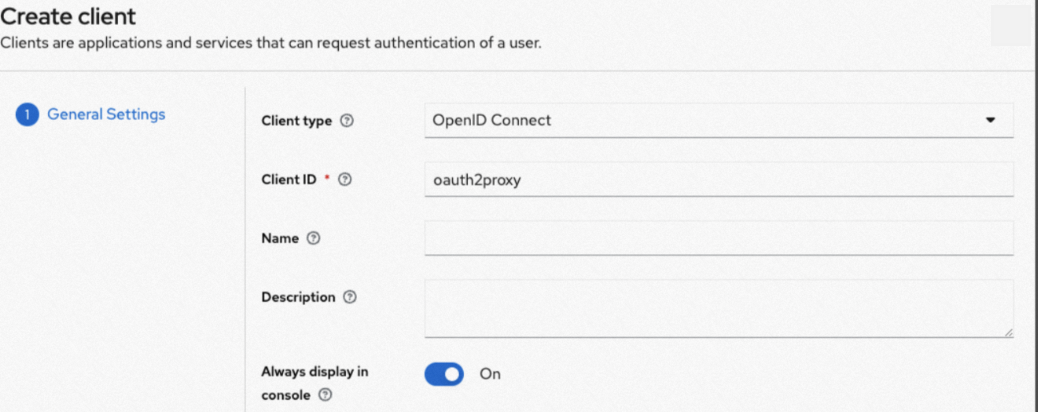
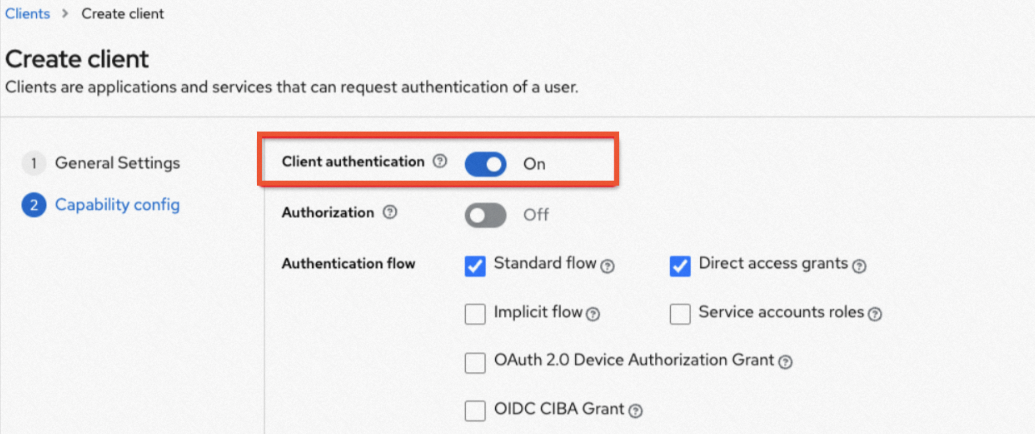
Create a user, as shown in the following figure. Click Save.
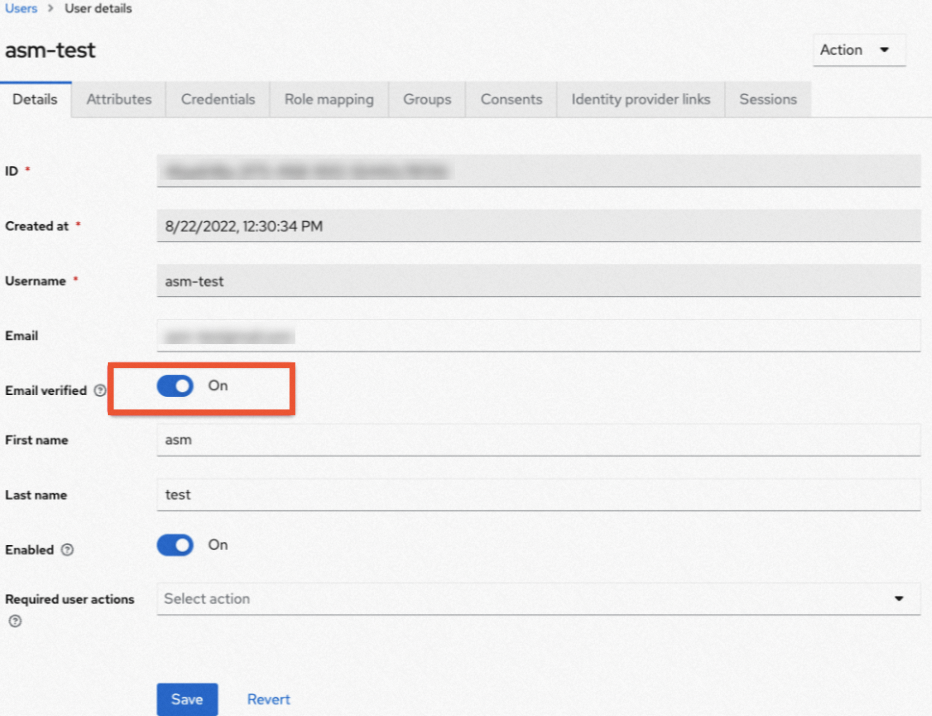
On the User details page, click the Credentials tab.
In the dialog box that appears, set a logon password. Click Save.
Create a realm role, as shown in the following figure. Click Save.
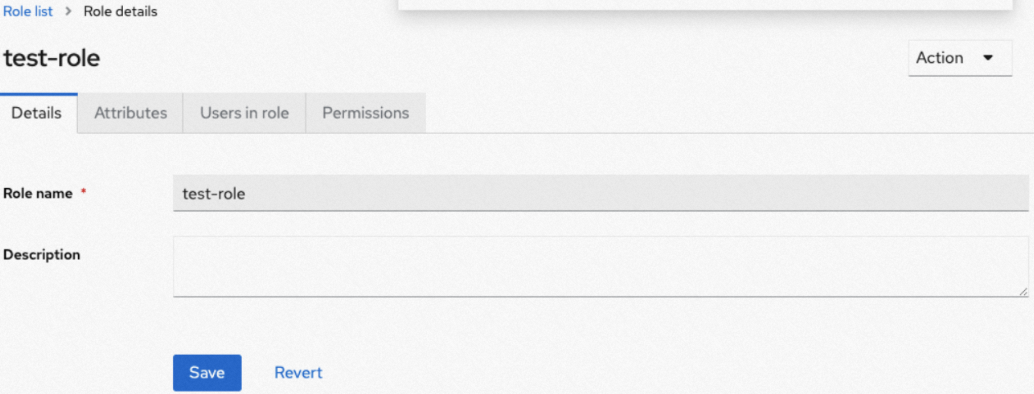
On the User details page, click the Role mapping tab.
On the Role mapping tab, click Assign role to assign the role to the user.

Create a client scope, as shown in the following figure. Click Save.
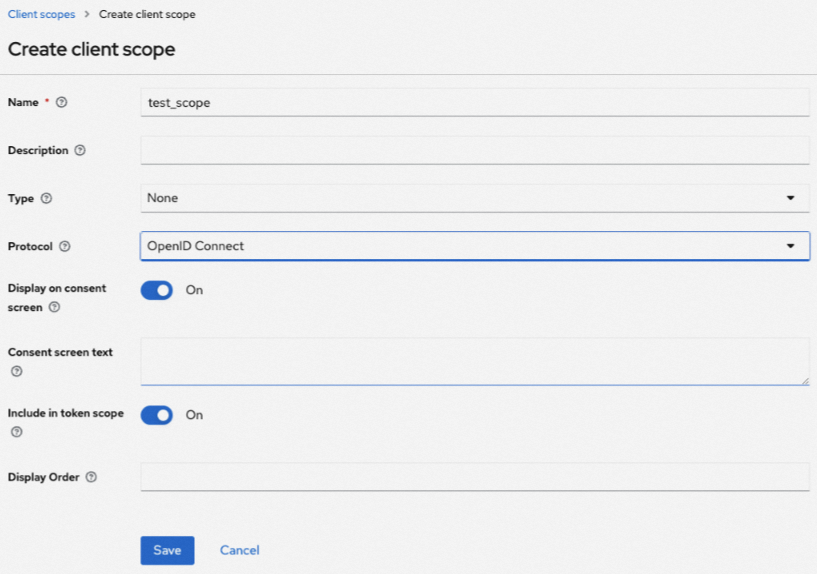
On the Client scopes page, click mappers, and add a mapper, as shown in the following figure. Click Save.
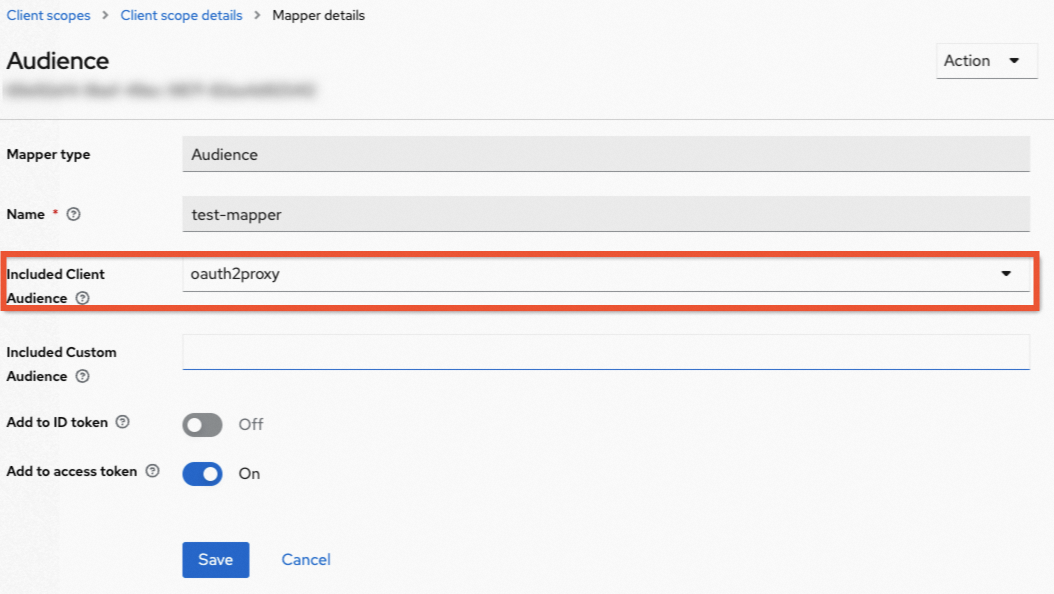
Click the Scope tab, select the role that you created in Substep 6, and then click Assign.

On the client setting page, click the Client scopes tab and then Add client scope. In the dialog box that appears, click Add.
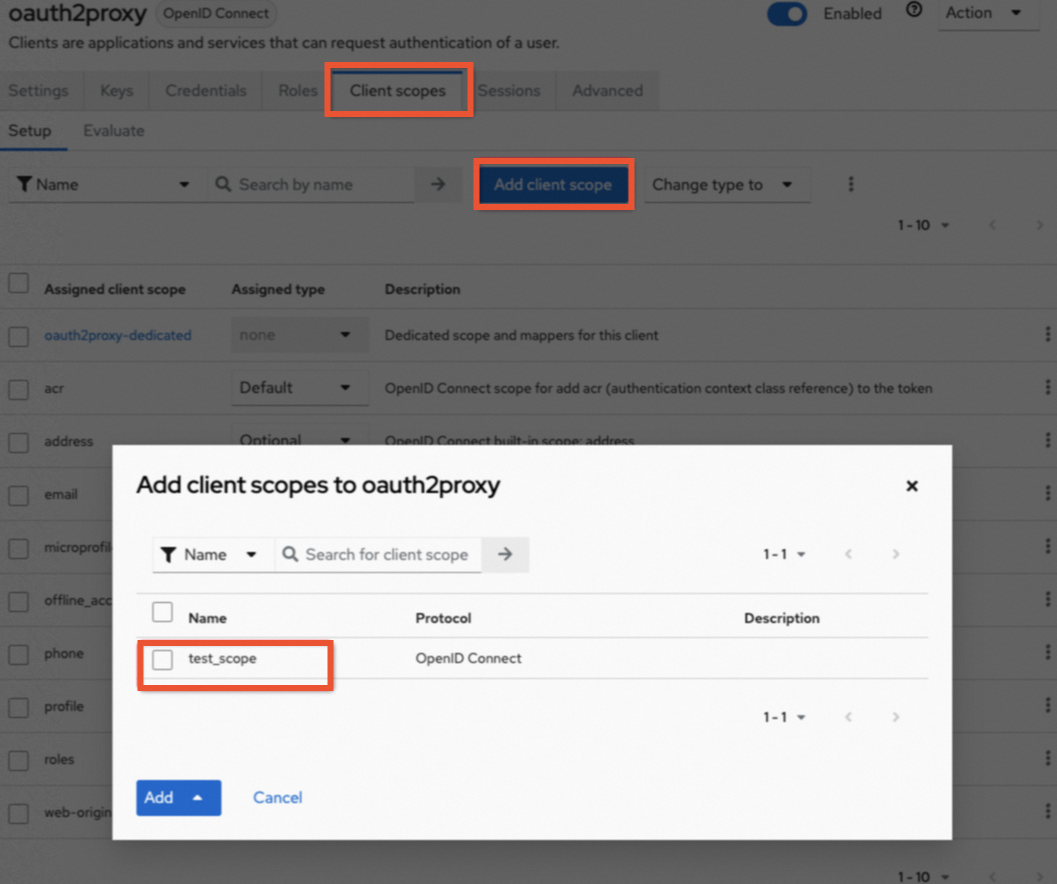
On the details page of the oauth2-proxy client, click the Settings tab, set the Valid redirect URIs parameter, and then click Save.
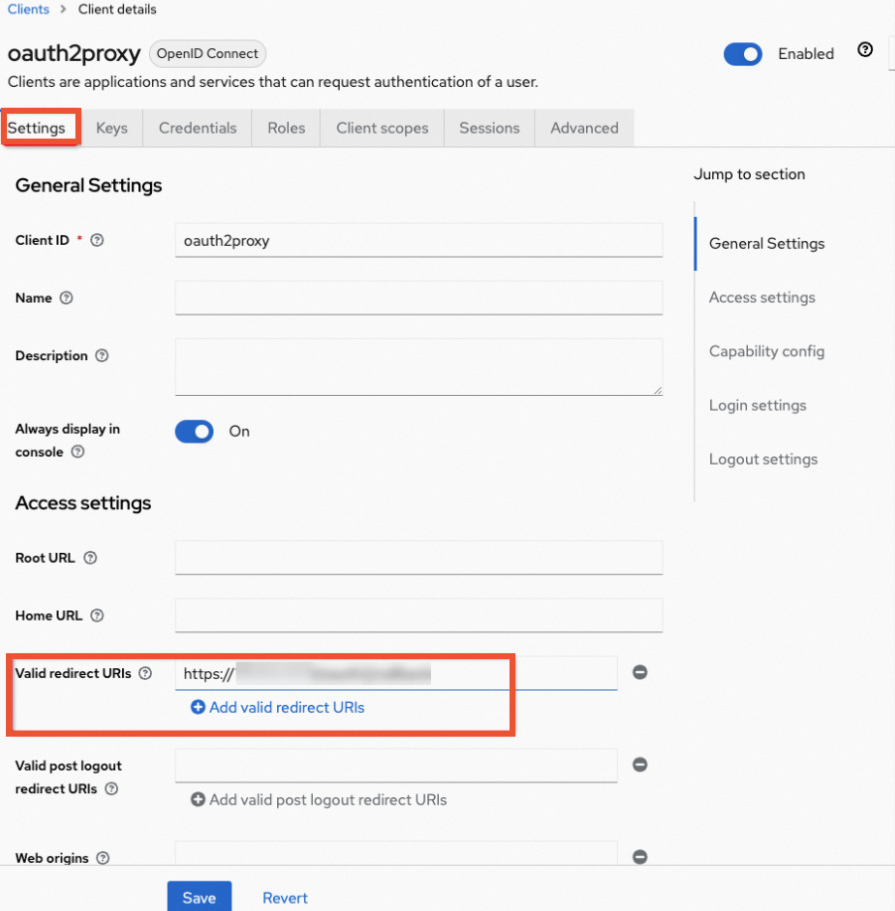
In this example, only the Keycloak service uses the HTTP protocol, and all other services use HTTPS. Therefore, the format of a valid redirect URL is https://${IP address of the ingress gateway}/oauth2/callback.
Keycloak configuration is completed. You need to record the following information:
Realm ID: Test-oidc
Client ID: oauth2proxy
client secret on the Credentials tab of the client setting page
Step 4: Enable a custom authorization service and configure OIDC-based SSO in the ASM console
Log on to the ASM console. In the left-side navigation pane, choose .
On the Mesh Management page, click the name of the ASM instance. In the left-side navigation pane, choose .
On the Custom Authorization Service page, click Define Custom Authorization Service and click the OIDC Authz and Authn Service tab. Set the parameters and click Create.
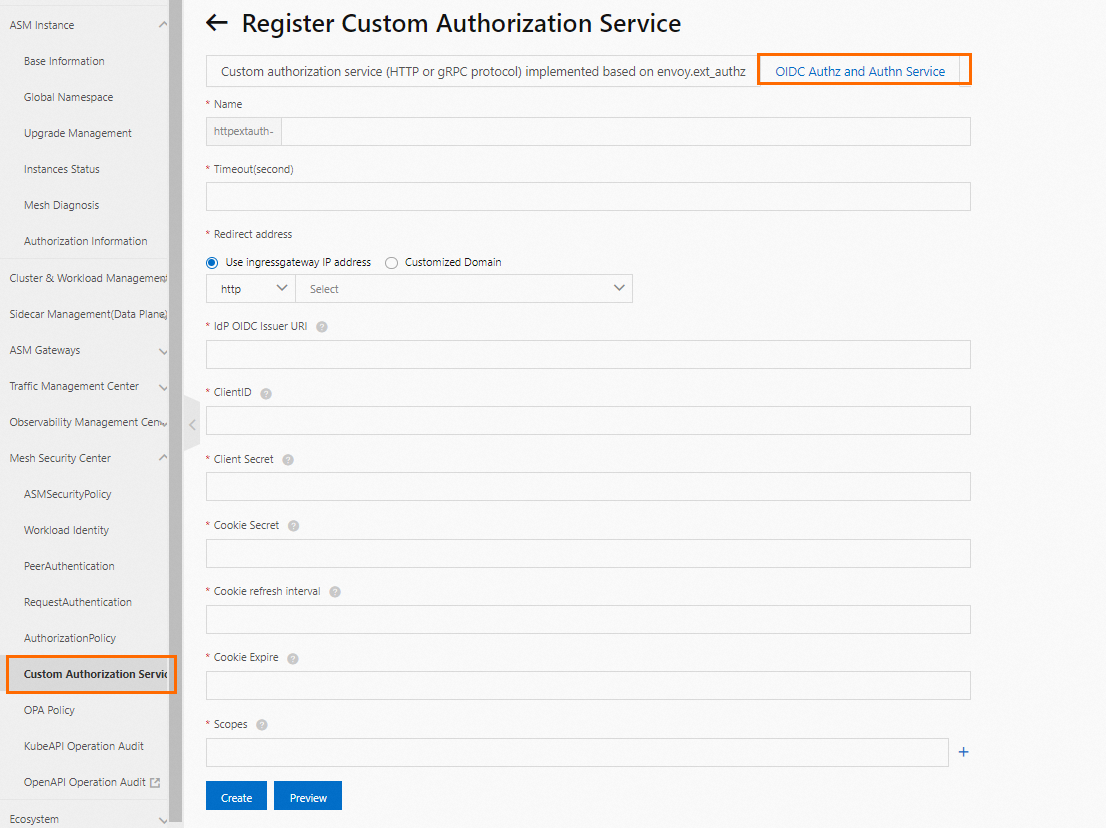
Set the parameters in the above figure based on the information about the OIDC application that you created. You can redirect a logon attempt to the IP address of the ingress gateway. For more information about cookie secrets, see Generating a Cookie Secret.
IdP OIDC Issuer URI: http://${IP address of the ingress gateway}/realms/${ID of the realm created in Keycloak}.
ClientID and Client Secret: Use the parameter values that you recorded.
Scopes: OpenID is required in this parameter.
Create a virtual service by using the following YAML template:
apiVersion: networking.istio.io/v1beta1 kind: VirtualService metadata: name: oauth2-vs namespace: istio-system spec: gateways: - ingressgateway hosts: - '*' http: - match: - uri: prefix: /oauth2 name: oauth2 route: - destination: host: asm-oauth2proxy-httpextauth-oidc.istio-system.svc.cluster.local port: number: 4180NoteReplace the value of host in the route field with the name of the OAuth2 Proxy service that corresponds to istio-system namespace in your ACK cluster.
Do not route other virtual services to paths whose prefixes are /oauth2.
Step 5: Create an authorization policy
On the Mesh Management page, click the name of the ASM instance. In the left-side navigation pane, choose .
On the AuthorizationPolicy page, click Create from YAML.
On the Create page, select a namespace from the Namespace drop-down list, select a template from the Template drop-down list, copy the following content to the YAML code editor, and then click Create.
apiVersion: security.istio.io/v1beta1 kind: AuthorizationPolicy metadata: name: oidc namespace: istio-system spec: action: CUSTOM provider: name: httpextauth-oidc rules: - to: - operation: notPorts: - '80' selector: matchLabels: istio: ingressgatewayNoteThe authorization policy specifies that all the requests except those sent to port 80 must be authenticated.
The provider name is the name of the associated custom authorization service. You can obtain the service name in the custom authorization service list.
Step 6: Verify SSO
Visit ${IP address of the ingress gateway for external access:80} in a browser.
Expected result:
 If the page shown in the preceding figure appears, SSO takes effect.
If the page shown in the preceding figure appears, SSO takes effect. Click Sign in with OpenID Connect. On the page of logon with Keycloak, enter the test user name and password that you created in Step 3, and click the logon button.
Expected result:
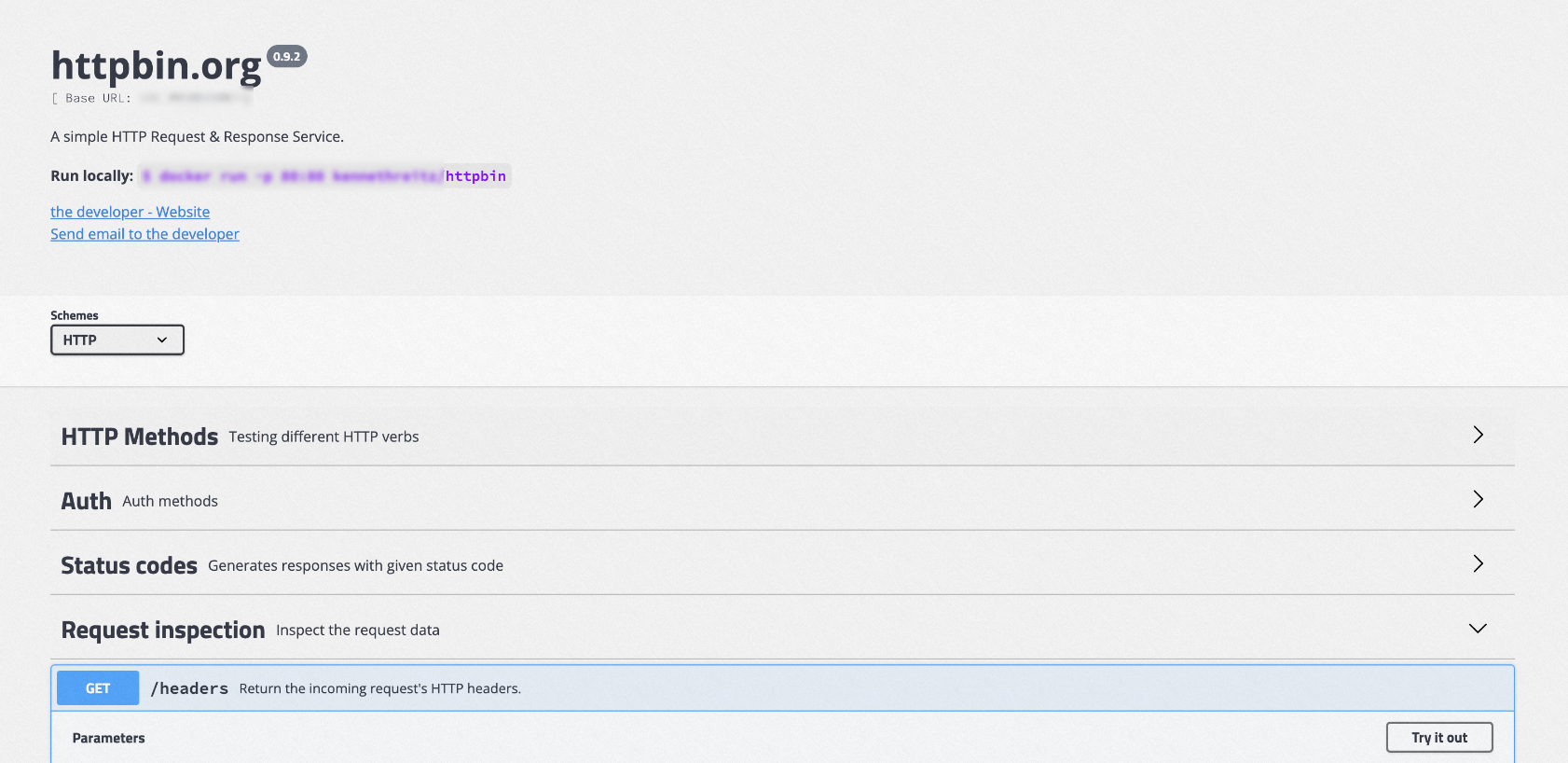
Click Request inspection and then choose .
Expected result:
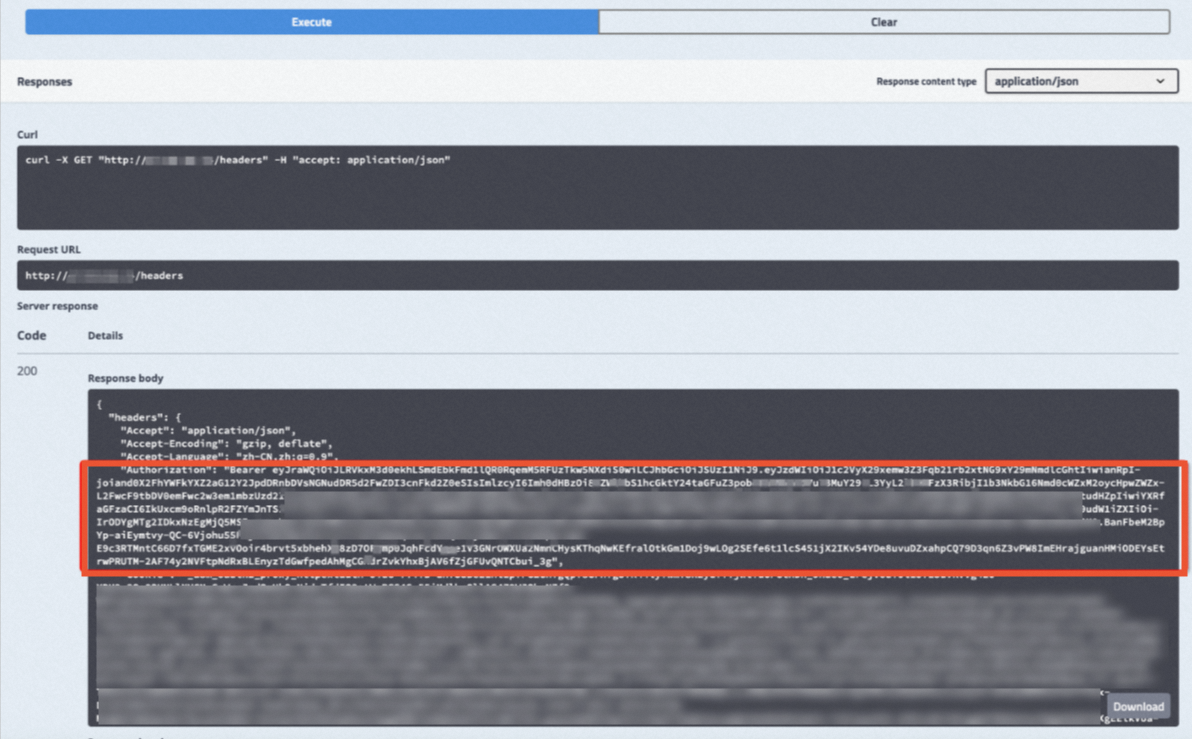
Parse the JSON Web Token (JWT) in the request after bearer authentication in the preceding step in JWT Debugger. For more information about JWT Debugger, see the JWT official website.
Expected result:
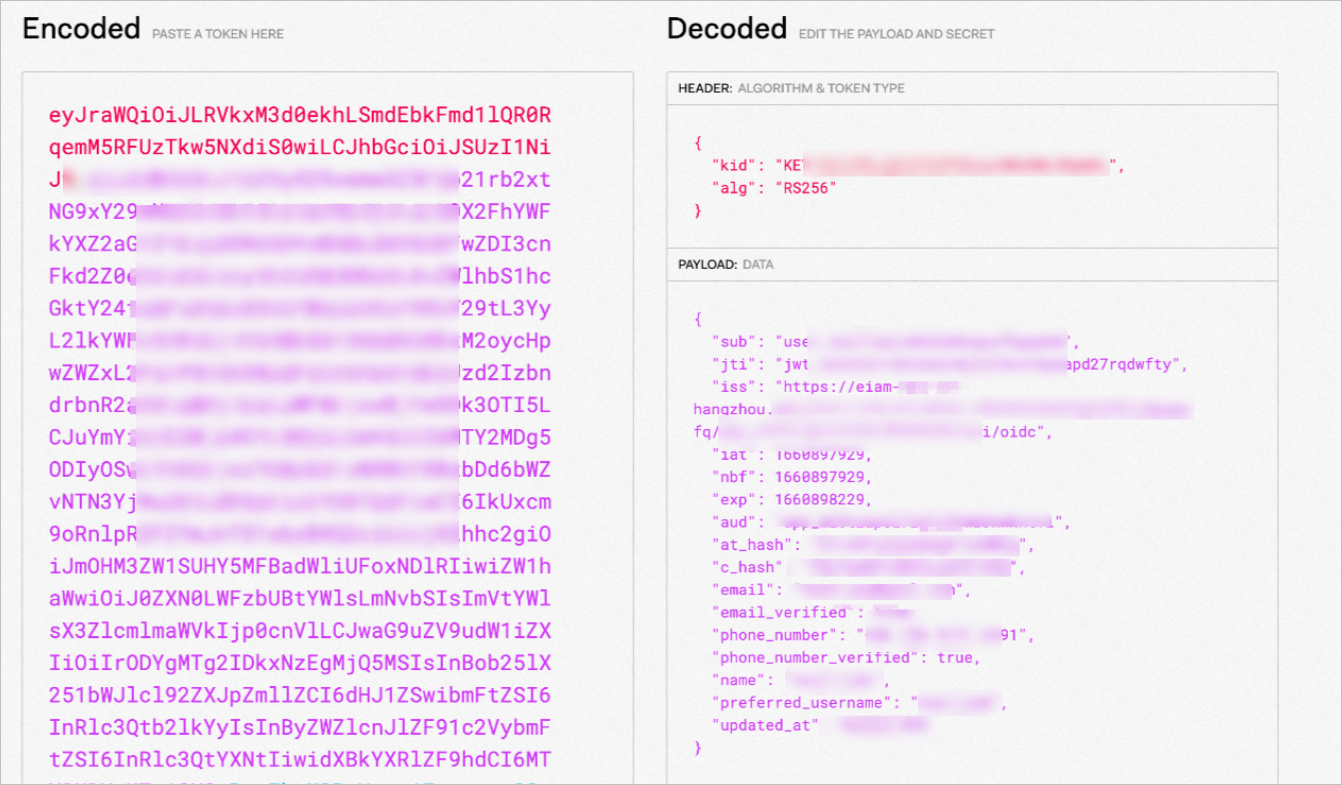 Information in the preceding figure appears after the JWT is parsed, including the user information stored in Keycloak. The JWT is verified by ASM.
Information in the preceding figure appears after the JWT is parsed, including the user information stored in Keycloak. The JWT is verified by ASM.